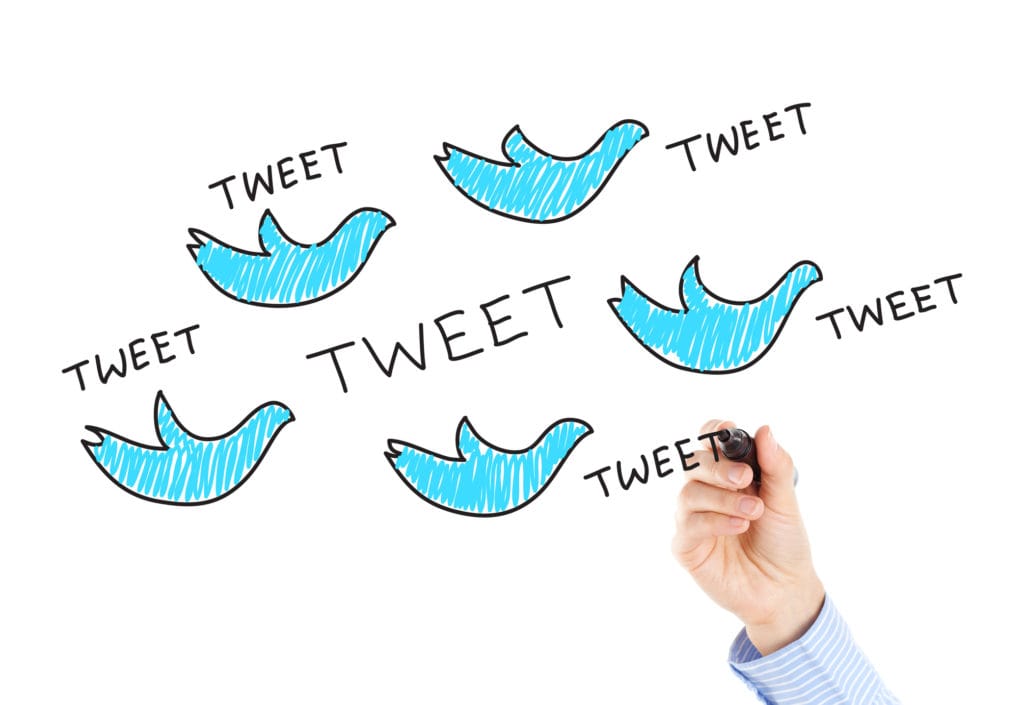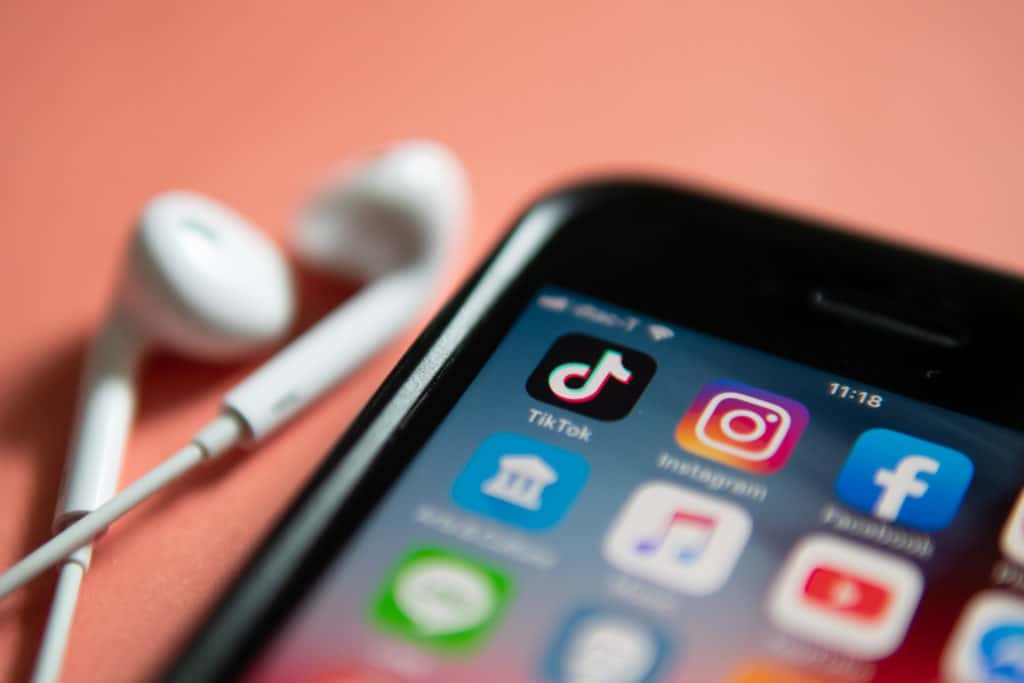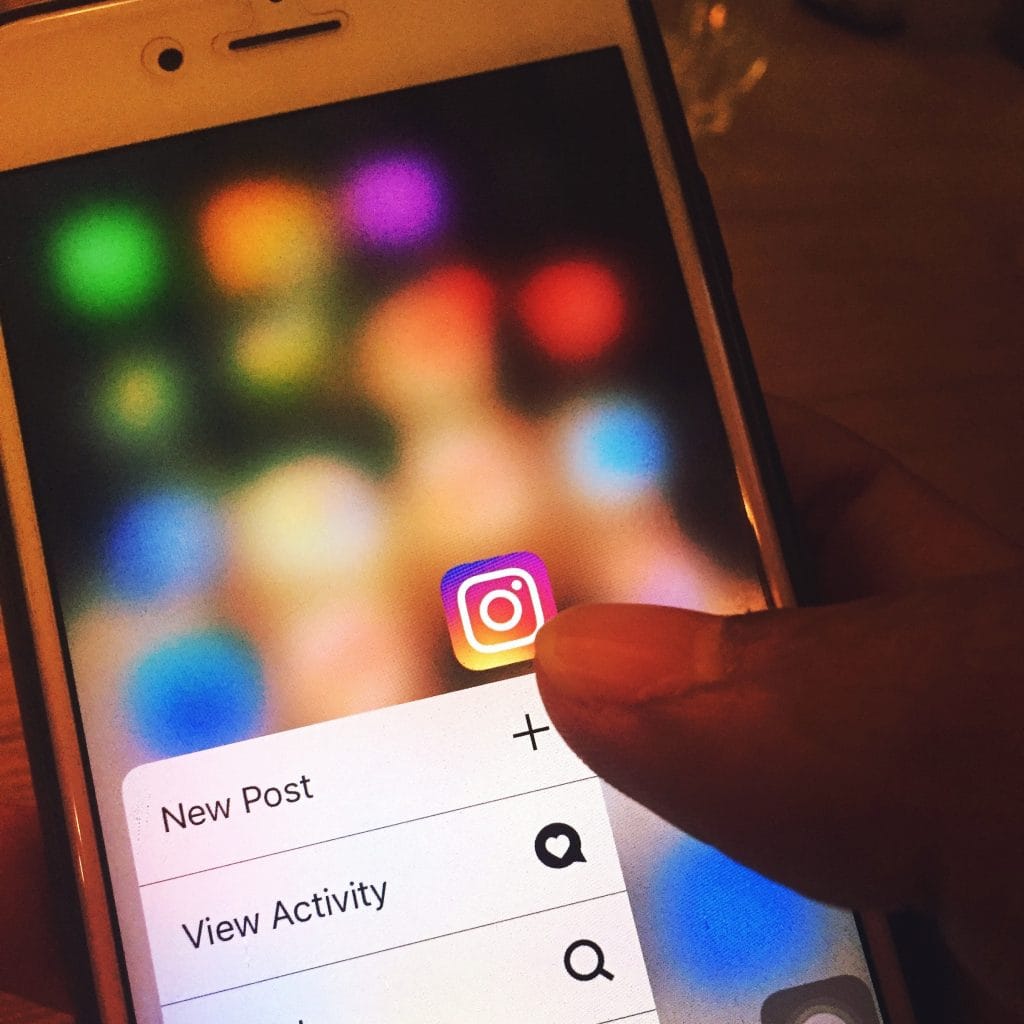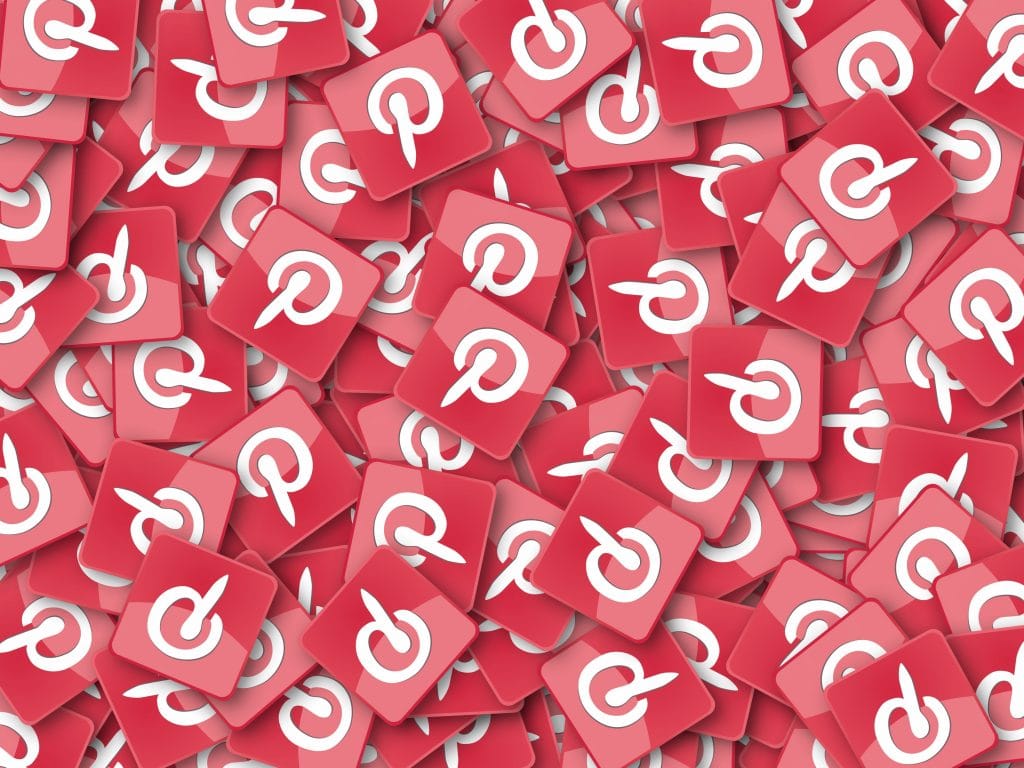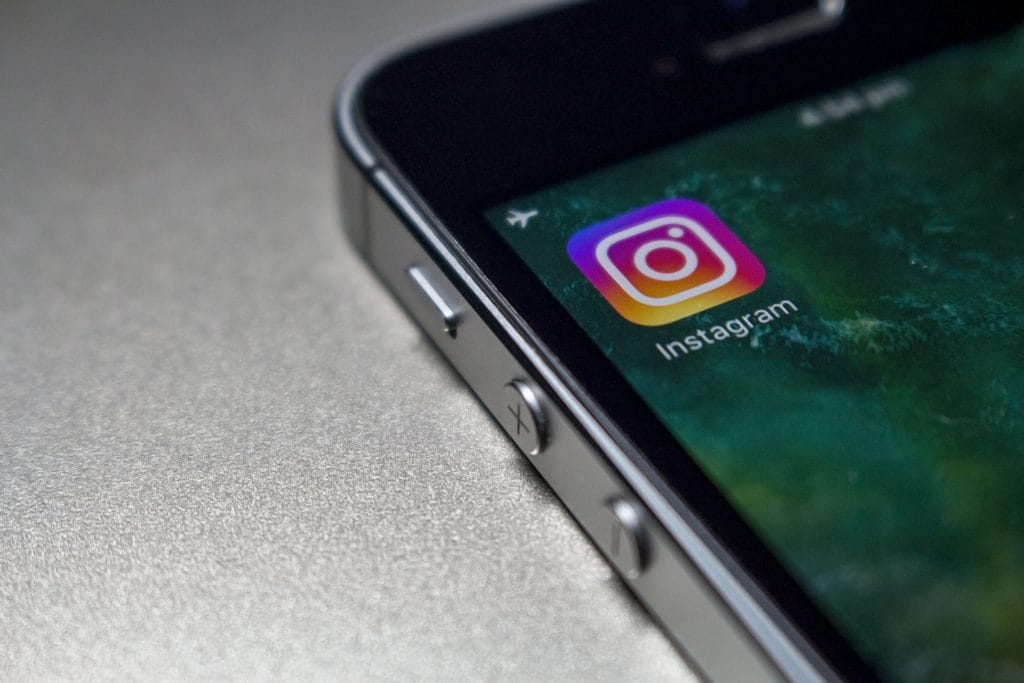social media marketing
New and Upcoming Twitter Features You Need to Know About
There are several new and upcoming Twitter features you need to know about. Twitter continuously innovates, introducing features to enhance user experience and engagement. Recent and upcoming features include improved algorithms for more relevant content, enhanced tweet analytics for better engagement insights, new ad formats for increased visibility, and advanced tools for combating misinformation. Features…
Top Social Media Trends to Watch in the 2020s
Social media has been evolving quite drastically over the past decade. In the early days, it was all about MySpace. Facebook, launched in 2004, was limited only to college students and Google+ came and went (RIP, Google+) as Google attempted to take their slice of the pie. What began as a way to stay in…
Creating Personalized Content for Social Media Marketing
Advertising to the prospect or consumer on social media is a growing craft—and an increasing area of competition. Consumers prefer content tailored to them, making them 40% more likely to make a positive buying decision after seeing that content. With so much riding on catching the audience’s attention on social media, creating personalized content for…
Why You Need to Pay Attention to TikTok
When it comes to social media, Facebook, Twitter, and Instagram are probably the biggest platforms you consider. However new social media applications aren’t far behind. Younger internet users tend to shy away from traditional social media channels and look for the next big thing. TikTok is a potentially explosive social media platform that allows for…
Social Media Marketing Tips for Live Events
Investing time, energy, and other resources into attending live events such as trade shows, conferences, and other industry events definitely made sense in the early days of marketing because you could easily knock out a year’s worth of sales with your pitch and a sponsor booth. Today, attending networking events still present big opportunities to…
Creative Ways to Use Instagram Stories
If you’re looking to grow your Instagram following and engagement, you should venture into using the Instagram Stories feature. Similar to Snapchat, these don’t appear in your feed, and are only available for 24 hours. There are 500 million daily active users, and ⅓ of the most viewed Instagram Stories come from businesses, so if…
5 Ways to Use Pinterest to Strengthen Your Brand
Many businesses think of platforms like Facebook and LinkedIn in relation to marketing products and services. The reality is that consumers today are incredibly visual, and these sites alone may no longer be enough to keep their interest. Enter Pinterest. While it started out as more of a personal indexing site where people swapped recipes…
IGTV or Instagram Live? Here’s How to Pick
Video is the lifeblood of the Internet. It fuels our entertainment, lets us advertise products, and even has the potential to teach, inspire, and change the world. Now, even Instagram is getting into the game and letting people record longer clips. Instagram actually has one of the most robust video platforms on the market (aside…
9 Social Media Trends to Watch for in 2019
The New Year is right around the corner. With it will come brand new advice from every social guru you follow. While you want to keep up with upcoming trends, you don’t have to throw your entire social strategy up to this point out the window. Make sure you go into 2019 with the following…
SEO and SEM: What’s the Difference?
You might be familiar with search engine optimization or search engine marketing, but are they one in the same? While SEO and SEM are often lumped together or referred to interchangeably, they are in fact different. Both methods work to improve online traffic and leverage brand awareness, but it is important to be able to differentiate…
- « Previous
- 1
- 2
OTHER ARTICLES YOU MIGHT BE INTERESTED IN

SMG Marketing Makeover 2025 - What’s Working, What’s Not, and What’s Next

Using Community Outreach as a Marketing Strategy


A Complete Guide to Google Performance Max (PMAX) for Healthcare

Tips for Spring Cleaning Your Digital Marketing Efforts

Medical Practice SEO - The Ultimate Guide for Doctor's Offices

10 Digital Marketing Ideas for Doctor's Offices

